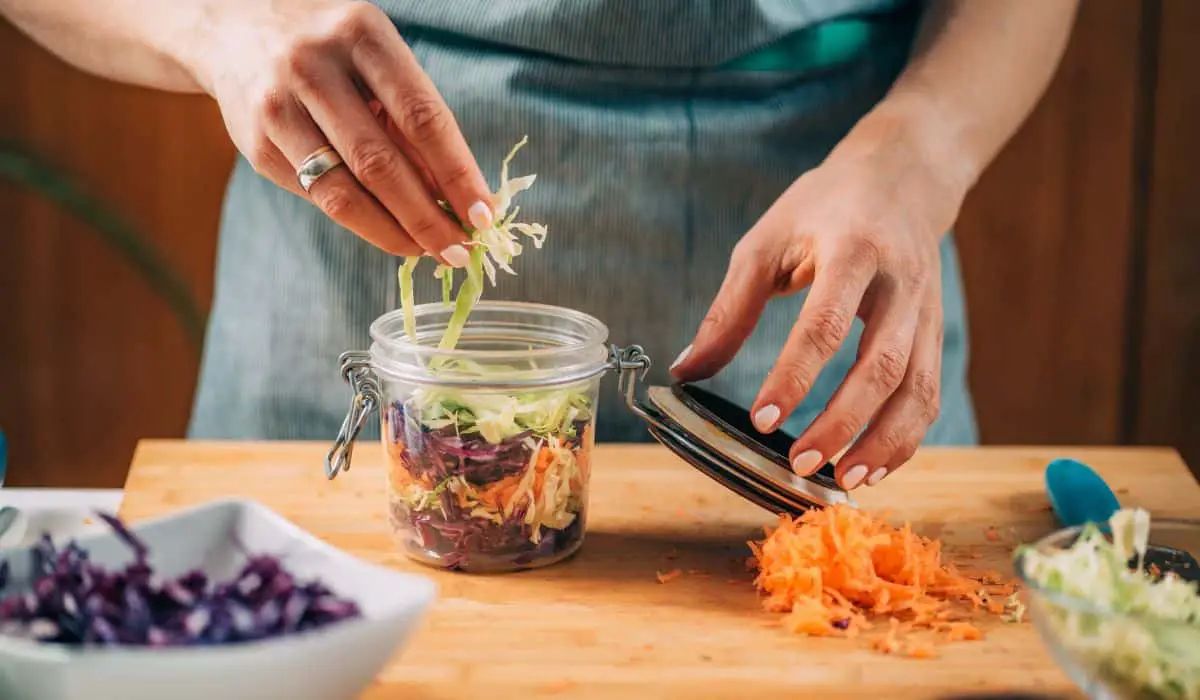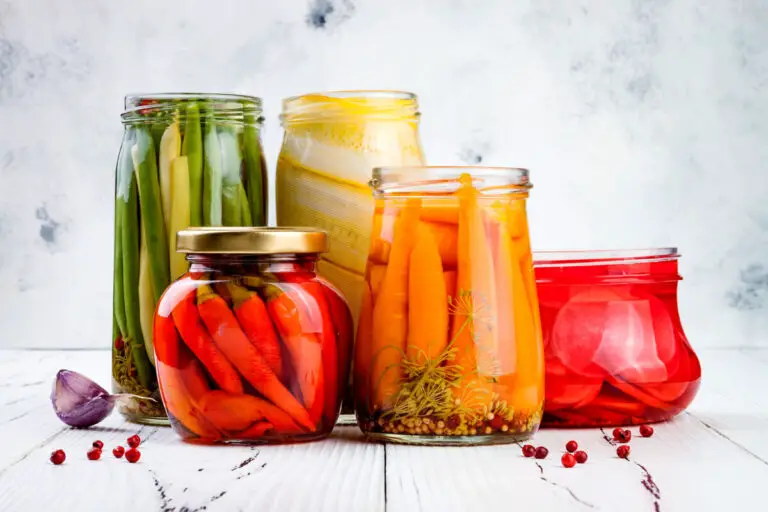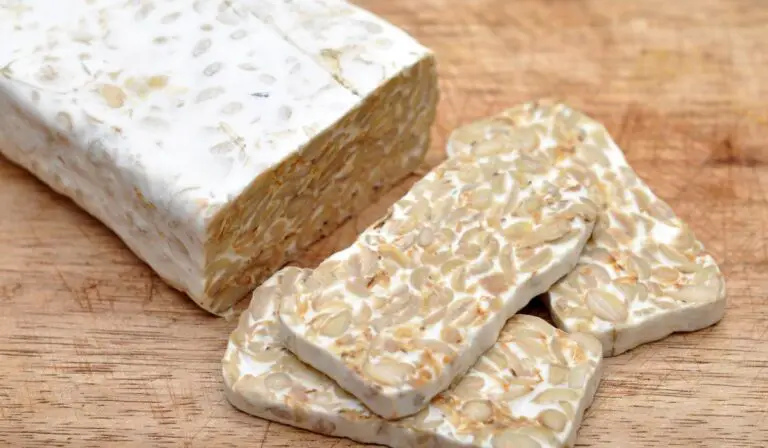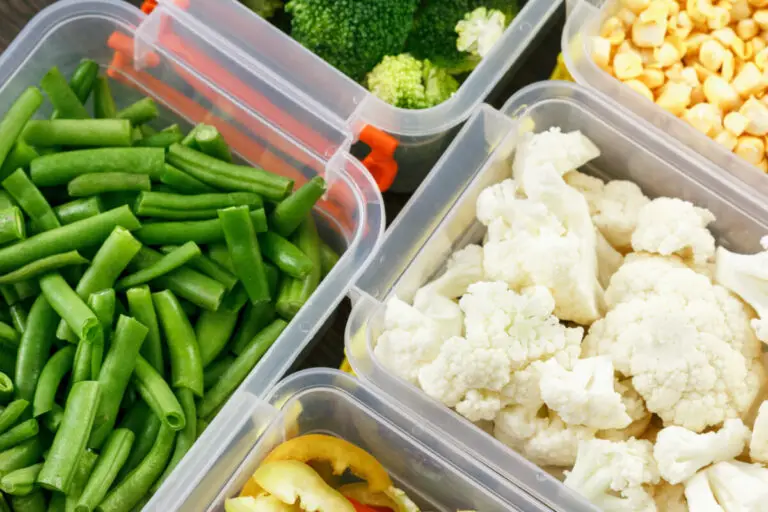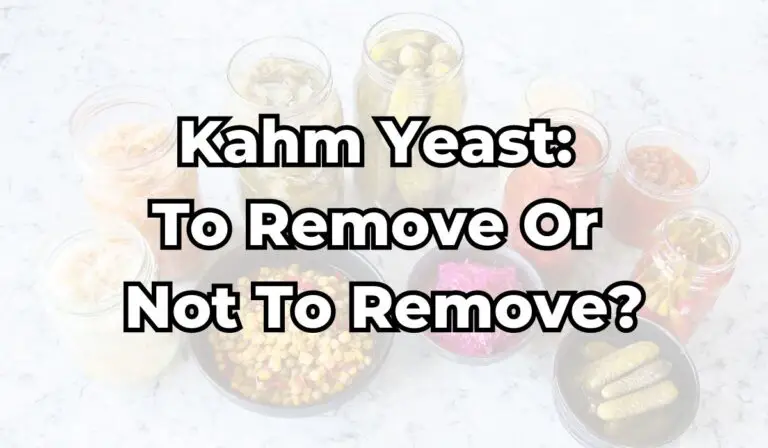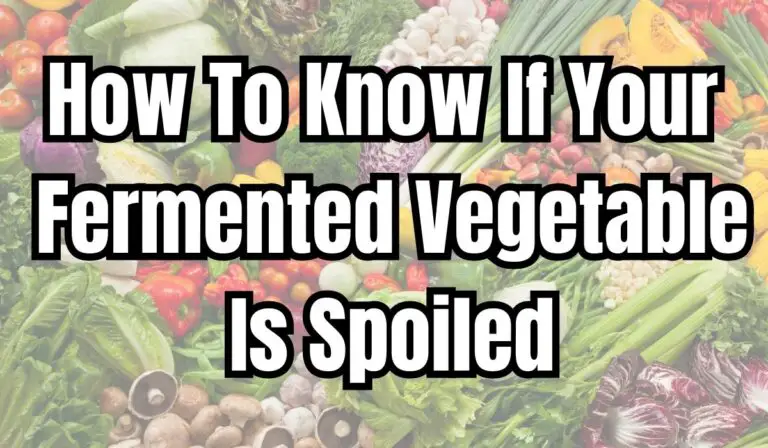Full Guide: How To Identify If Something Is Fermented
Hey there, fellow fermentation enthusiasts!
If you’re like me, then you know just how exciting it is to experiment with different fermented foods and beverages. However, as much fun as it can be, identifying the signs of successful fermentation can sometimes be a bit tricky.
That’s why I’m here today to share my full guide on how to identify if something is truly fermented. From the subtle changes in smell and texture to specific visual cues, we’ll cover everything you need to know to confidently determine whether your latest ferment has been a success or not.
Let’s get started!
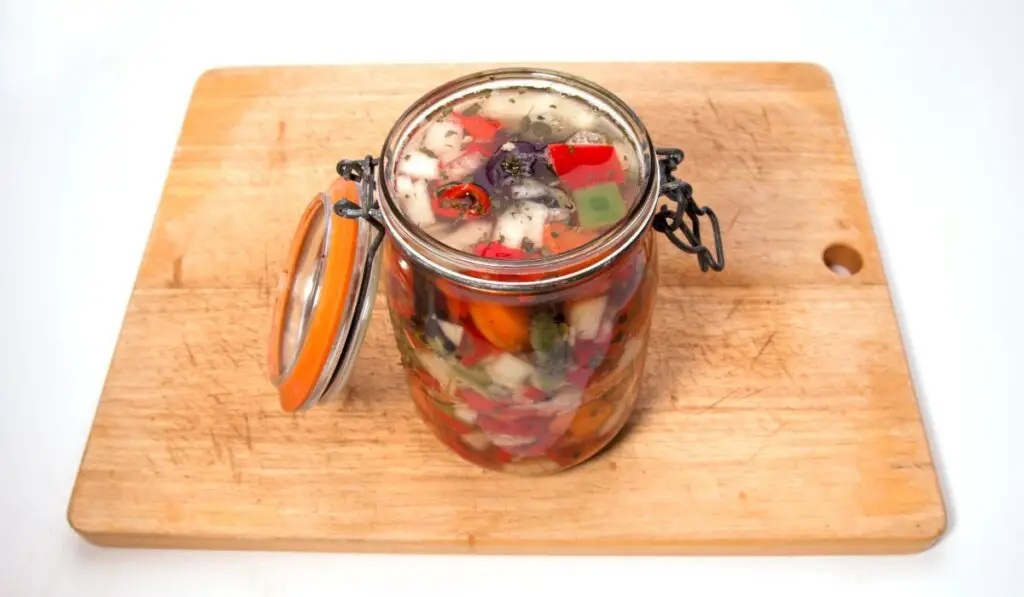
Using Your Senses To Know If Your Food Is Fermented
To truly identify fermented foods, one must rely on their senses. A common saying in the fermentation world is that ‘the eyes, nose, and mouth don’t lie.’ This means that visual cues, smell indicators, and taste profiles are all critical factors to consider when trying to distinguish between fermented food and non-fermented food.
Here is a guideline on how to evaluate using each of your senses.
Smell
You can trust your nose! It will be your best friend when evaluating a ferment. A good fermented vegetable smells pleasantly sour and vinegary. If your fermented vegetables have a pungent or rancid smell (like rotten food or “way too long in your fridge” broccoli), it has gone bad. It also should not smell like alcohol, and if it does, a different kind of fermentation has taken place.
If they smell like fresh vegetables still, maybe you are checking them too soon, and your vegetables haven’t started fermenting yet. So, if it has been only a few days, do not worry and let it be for a while. If it has been more time, it is worth checking if the conditions are appropriate for fermentation. You can read more about the topic in this article.
Sight
Firstly, look for the bubbles. Bubbles are a sign of fermentation. Sometimes the bubbles are small and might get stuck under the vegetables. A gentle but firm tap on the side of the jar should help them to be released. If you see the bubbles, that means fermentation is happening.
Secondly, look at the colour of the vegetables. During fermentation, colours tend to change. Your fermentation might be going south if you have two colours in the same vegetable. Like if one part is brown and the other part is the original colour, the vegetable normally is, but just a bit duller.
Normally, this means that there was not enough salt, and the brown part might be rotten. That being the case, take the vegetable out and give a sniff, your nose is going to tell you the answer. In doubt, I would throw it away and start again. Better safe than sorry. That is my approach, but some people would be ok with just removing the bad piece, so you can choose how to proceed.
Another visual red flag is mould. If the mould is on the vegetable being fermented or under the brine, throw everything away and start again. If the mould is on the top of the brine, opinions get divided. I prefer to throw away and restart, but that is me. In theory, everything under the brine should not be affected by the mould on top, so you can just scoop it out. Again, it is up to you.
Touch/Texture
The texture will change as fermentation goes on, normally leaving the vegetables less crunchy. That is ok, and it is part of the process. The texture you don’t want is “slimy”. If there is a kind of goo coating your vegetables, you have a red flag.
Take a look at the table below for easy reference.
| Good | Bad | |
|---|---|---|
| Smell | Pleasantly sour and vinegary. | Pungent, rancid, rotten, alcoholic. |
| Sight | Bubbles; uniform change in colour. | Different colours in the same vegetable. Mouldy. |
| Touch | Less crunchy. | Slimy and gooey. |
Differences Between Fermented (In A Good Way) And Spoiled Foods

Now that you know how to identify fermented foods, it’s essential to understand the differences between good and bad fermentation. Detecting fermentation is easy if you know what signs to look for, such as bubbles or a sour smell. However, not all fermentations are created equal.
Good fermentation involves beneficial bacteria breaking down sugars in food, creating healthy enzymes and probiotics. On the other hand, bad fermentation can result from harmful bacteria growing on food, causing spoilage and potentially dangerous health risks. Therefore, fermented food safety should always be a top priority when consuming any fermented product.
While good fermentation provides numerous health benefits, improper handling or contamination during the process can lead to negative consequences. To ensure the safe consumption of fermented foods, ensure they have been properly stored and prepared by reputable sources. Recognizing spoilage signs is crucial when differentiating between good and bad fermentation.
Signs of spoilage include off-smells or visible mould growth on the surface of the food, as discussed before. It’s important to discard any spoiled items immediately to prevent potential illness. Identifying fermented flavours takes time and experience, but with practice becomes easier over time.
How To Know If A Store Bought Product is Fermented?
If you’re looking to purchase a fermented food product, there are a few key indicators to keep an eye out for. Common phrases found on labels of fermented foods include ‘cultured’, ‘raw’, ‘probiotic’, ‘unpasteurized’ and ‘unheated’ If you spot these phrases, you can rest assured that the food is indeed fermented.
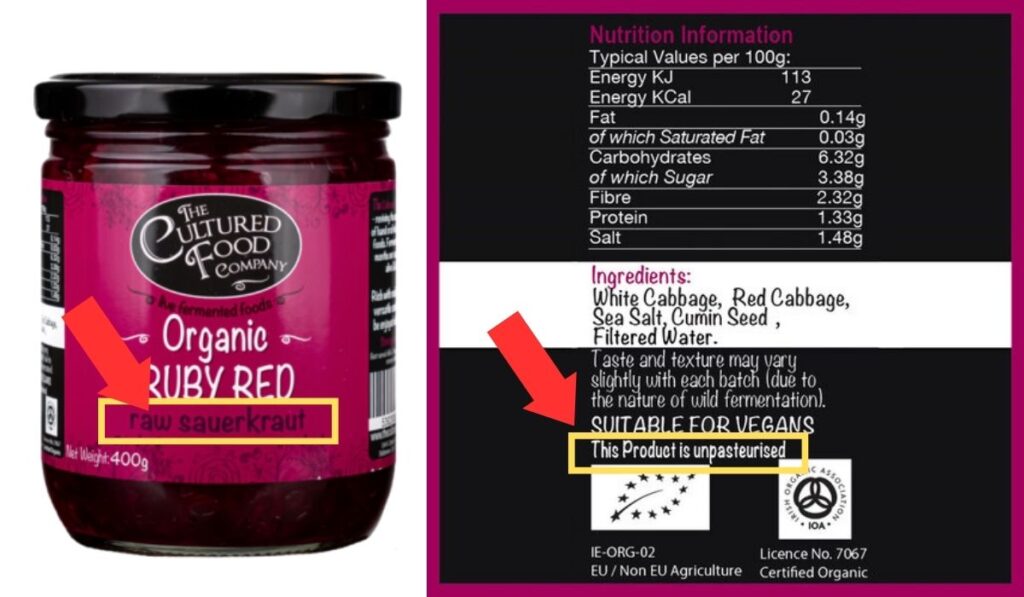
Some sentences that may mean the food is fermented are:
- It contains live cultures or probiotics.
- It has been lacto-fermented or naturally fermented.
- It does not contain vinegar or other preservatives.
Some sentences that may mean the food is pickled are:
- It contains vinegar or other acids.
- It has been pasteurized or heat-treated.
- It does not contain live cultures or probiotics.
If the food is refrigerated, normally, it would indicate that the product is fermented. Without refrigeration, the fermentation process would continue, changing the taste and creating pressure inside the container (which could lead to explosions depending on the temperature and how long the ferment has been sitting there).
The package of a product may not always indicate whether the food is fermented or pickled, but the clues above will help you to tell them apart.
Conclusion
In conclusion, identifying fermented foods can be a fun and delicious adventure. Whether it’s tangy sauerkraut or fizzy Kombucha, these foods offer unique flavours and potential health benefits. But as with any food preparation method, caution must be taken to ensure safety.
I encourage everyone to experiment with creating their own fermented foods at home. With just a few basic tools and ingredients, you can unlock a world of flavour possibilities.
And remember – patience is key when fermenting! So go forth and embrace the power of fermentation in your kitchen today.
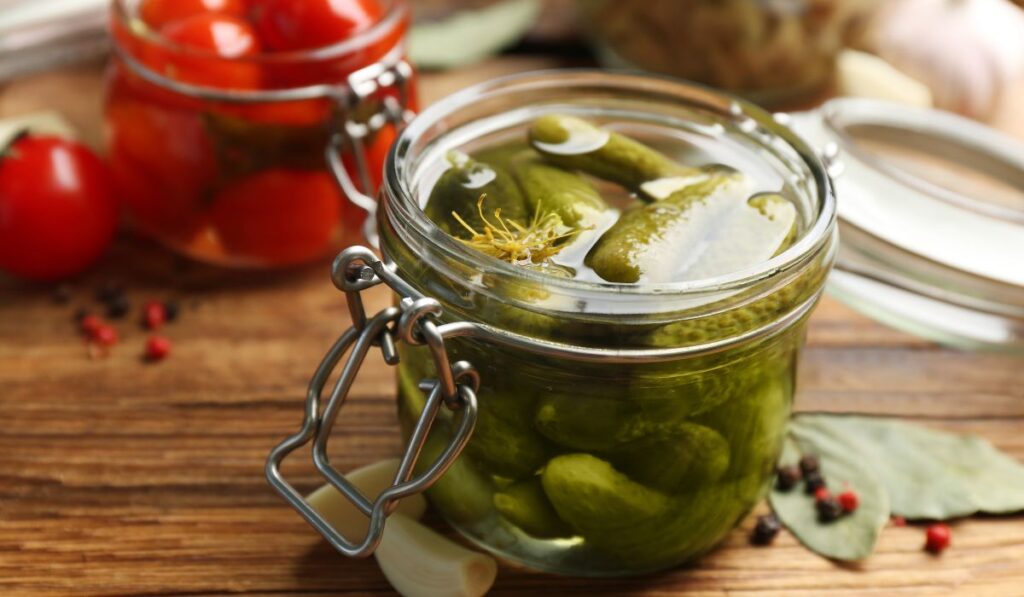
Frequently Asked Questions
What Are The Most Common Types Of Fermented Foods?
There are countless types of fermented foods out there.
Some of the most common include sauerkraut, kimchi, kefir, yoghurt, kombucha, miso, giardiniera and tempeh.
Not only do these foods have rich cultural significance and exciting histories behind them, but they also offer a variety of health benefits thanks to their unique fermentation process.
Fermentation is an ancient preservation technique that increases the shelf life of food and enhances its nutritional value by creating beneficial enzymes and probiotics.
Can Fermented Foods Be Harmful If Not Prepared Correctly?
Fermented foods are generally safe to consume, but if contaminated, they can cause harm. If you read the article above, you are ready to spot any “bad fermentations” that could happen to your vegetables.
I recommend taking safety precautions like using clean utensils and jars and monitoring the fermentation process closely.
The health benefits of fermented foods cannot be ignored as they improve gut health and boost immunity. Therefore, it’s crucial to prepare them carefully while ensuring their safety for consumption.
How Do Fermented Foods Differ In Taste From Non-Fermented Foods?
Fermented foods offer a unique and distinct flavour profile that sets them apart from their non-fermented counterparts. The fermentation process not only enhances the taste of food but also provides numerous health benefits, making it an ideal addition to any diet.
Fermented foods have delightful tangy and sour notes created by beneficial bacteria during fermentation. These flavours can add depth and complexity to dishes when used as ingredients or condiments while providing essential gut-nourishing nutrients.
Cooking with fermented foods has never been easier, thanks to its versatility and availability in stores. Incorporating these healthy options into your daily meals is a great way to boost overall well-being while enjoying deliciously fermented flavour profiles.
There are endless possibilities when it comes to pairing fermented foods with other dishes. Fermented condiments like hot sauce or miso paste add depth and complexity to simple meals like scrambled eggs or roasted vegetables. And don’t be afraid to experiment with different flavour combinations – try pairing tangy kraut with spicy sausage or adding kimchi to a rice bowl for an extra kick of flavour.
With these tips and tricks under your belt, you’ll be well on your way to enjoying all the delicious benefits of incorporating fermented foods into your diet!
What Is The Shelf Life Of Fermented Foods?
When it comes to fermented foods, one must always keep in mind the shelf life. Preserving fermented foods is crucial to ensure that they don’t spoil and are still safe for consumption. Signs of spoiled fermentation include foul odours and mould growth, so it’s important to be mindful of these indicators.
To extend the lifespan of your fermentations, proper storage techniques should be implemented, such as keeping them in a cool and dark place or even refrigerating them if necessary.
If not refrigerated, they might continue to ferment, altering the taste and making it stronger, more sour and tangier.
Are There Any Specific Tools Or Equipment Needed For Fermenting Foods At Home?
To successfully ferment foods at home, it’s important to have the right tools and equipment. DIY fermentation can be done with minimal gear, but having some key items will make the process easier and more efficient.
Fermentation vessels are a must-have for any serious home fermenter, providing an ideal environment for healthy bacterial growth. Starter cultures such as kefir grains or sourdough starters can also help jumpstart the fermentation process and ensure consistent results.
Additionally, fermentation weights can help keep vegetables submerged in brine and prevent mould growth. While specialized fermentation equipment is available on the market, many household items like mason jars or ceramic crocks can work fine for smaller batches of fermented goods.
Tips For Making Your Own Fermented Foods
Now that we understand the fermentation process let’s move on to making our own fermented foods. It can seem intimidating at first, but with the right tools and knowledge, anyone can do it!
First things first, you’ll need a suitable fermentation container. This could be anything from a mason jar to a ceramic crock. Just ensure it has an airlock or some way for gases to escape during fermentation.
Next, choose your recipe and ingredients carefully. Start with simple recipes like sauerkraut or pickles before moving on to more complex ferments. And always use fresh, high-quality ingredients for the best results.
Safety is also crucial when fermenting food. Ensure everything is clean and sanitized before starting, and follow proper food safety guidelines throughout the process.
If something does go wrong during fermentation (which happens even to experienced fermenters), don’t worry! Here are some common troubleshooting tips:
- If mould appears on top of your ferment, discard it. Better safe than sorry.
- If your ferment smells foul or has an off-putting flavour, it may have gone bad and should be discarded.
- If the brine level in your ferment drops too low, add more salt water solution to cover the vegetables.
- If too much pressure builds up in your fermentation container, release some by opening the lid slightly. It is called burping the ferment.
With these tips in mind, you’re ready to start experimenting with different fermentation recipes and techniques. Happy fermenting!

